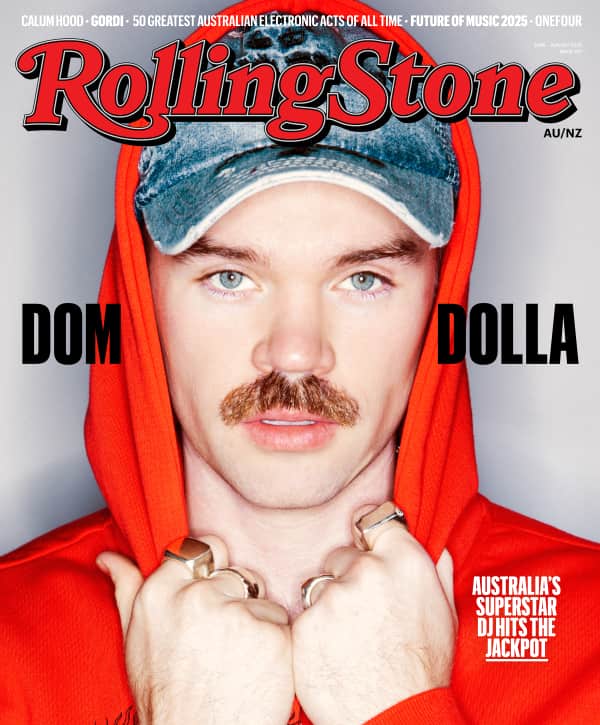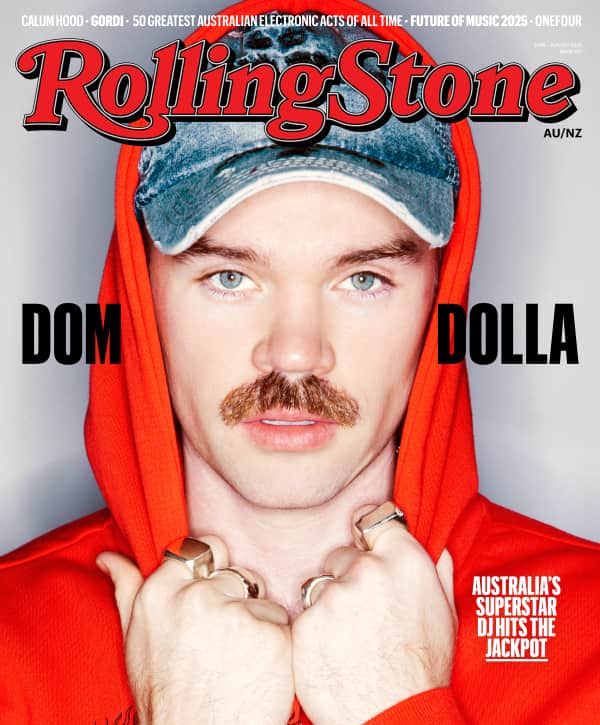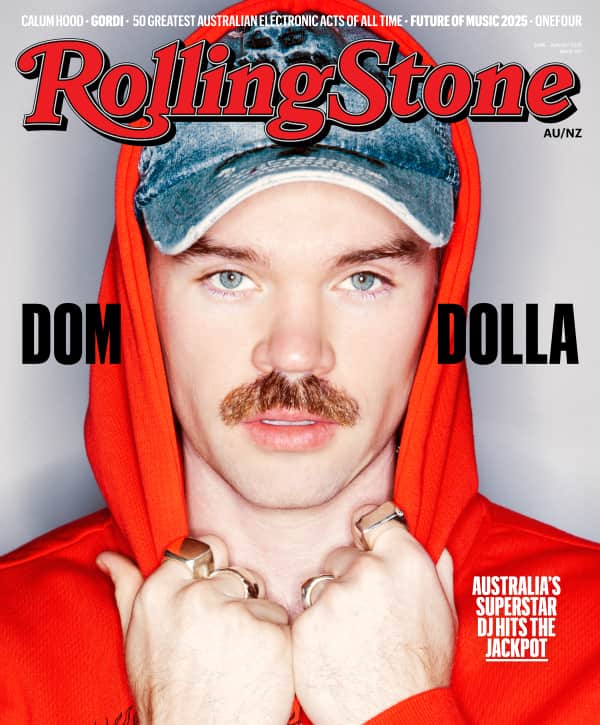In Hamlet Act III, Scene I, Shakespeare’s titular character tells Ophelia, “God has given you one face, and you make yourselves another.” His accusation comes at the end of an epic crashout, where he claims he never loved her. Later, after Ophelia drowns in a creek surrounded by flowers, Hamlet admits in his grief, “I loved Ophelia: forty thousand brothers could not, with all their quantity of love, make up my sum.”
The tragedy is essential reading for Taylor Swift fans in the lead up to The Life of a Showgirl, her 12th studio album out Friday. The first single from the record is titled “The Fate of Ophelia,” but no one will know how Swift will interpret the Shakespearean drama until the album arrives.
For now, Swifties only have the song titles, multiple variant covers, and sparse details shared during the singer’s two-hour long New Heights podcast appearance to shape their understanding of the album. These details have been enough for a lot of Swifties to surmise that they’ll love the record without hearing any of it. Some have already “claimed” their favorite tracks based on title alone, and The Life of a Showgirl has received more than five million pre-saves on Spotify. Her fans’ unquestioning loyalty provides an uncomplicated explanation for why Swift may never need to release another lead single again.
In the post-Eras Tour pop arena, Swift herself has become a stand-in for the songs. The culture-spanning live show cemented the musician’s permanent presence. Her core base is the biggest that it’s ever been, functioning as an inescapable marketing tool. The most detached pop music fan doesn’t need to hear an early single on the radio to know Swift has an album coming, or what it’s about. The news will make its way to them anyway.
Historically, Swift’s pre-release singles have caught the general public up to speed with how she’d changed since her previous album. More revealing material was usually saved for the deep cuts her fans would devour. The singer-songwriter rarely ever started with a song that reflected the rest of the record. She loved a trick mirror. While some Swifties might not be well-versed in Hamlet, they know all about being deceived for the sake of drama. Swift used to do it all the time.
The first offering from Red, “We Are Never Getting Back Together,” arrived in August 2012. For a few weeks, at least, it seemed that the rope tying Swift to country music had been severed. Why else would she have called up pop maestros Max Martin and Shellback? But when the album came out that October, her adopted Nashville twang and acoustic guitar were finely tuned. The fake out made way for “Shake It Off,” the over-the-top, almost obnoxious, actual pop pivot that introduced 1989.
This first impression of Pop Taylor was all squeaky saxophones, haters hating, and lots of “gettin’ down to this sick beat.” It was also aggressively 2014. Meghan Trainor’s “All About That Bass,” Magic’s “Rude,” and Pharrell’s “Happy” were already haunting retail workers in their sleep. The Kidz Bop kids barely had to tweak any of the lyrics for their cover. With hour-on-the-hour airplay, “Shake It Off” would very quickly begin to sound more like “Turn It Off.” But again, Swift was keeping her cards close to her chest. 1989 arrived almost two months later with “Blank Space,” “Style,” “Out of the Woods,” “Wildest Dreams,” and a few other timeless, expertly assembled pop records that carry the heart of the record.
Love Music?
Get your daily dose of everything happening in Australian/New Zealand music and globally.
Swift returned to a similar tactic for Reputation with “Look What You Made Me Do” but the landscape had shifted. The prior year, she had been, in her own words, “canceled within an inch of my life and sanity.” She’d played around with perceptions of her public image before; “Shake It Off” even learned to have fun with it. This was different, though. Swift was establishing a false representation of an album aimed at dismantling the narrative around her career. The slithering snakes and biting lyrics spelled out revenge. The album didn’t. It was actually full of the kind of high-stakes and self-aware love songs Swift does best. But plenty of people checked out before that became clear.
Swift tried again on “ME!,” a bewildering candidate for worst lead single in pop history. The song was released with the video, an ode to pastels that depicts the changing of the guard from one album to the next with a snake turning into a cluster of butterflies. As far as fake outs go, she couldn’t have possibly gotten further away from the plot or done more of a disservice to the album. When the Brendon Urie-assisted single arrived in April 2019, Swift hadn’t yet revealed that the album would be titled Lover. For nearly seven weeks, there was a non-zero chance it could have been called “Hey, kids! Spelling is fun!”
Swifties later took it upon themselves to make “Cruel Summer” the defining record from Lover, launching the song to Number One on the Billboard Hot 100 four years after its release and keeping it there for four weeks. Post-Lover, Swift completely killed pre-release singles in her musical universe. The short-notice release of Folklore marked the beginning of a new era in more ways than one. “Cardigan” was serviced as the first single from the record, but only after the album was out. Evermore arrived with its first single “Willow,” just as Midnights did with “Anti-Hero” and The Tortured Poets Department did with the Post Malone collaboration “Fortnight.” “The Fate of Ophelia” will function similarly for The Life of a Showgirl.
Swift isn’t the only artist who has nixed singles, preferring to launch an album in one piece. Last year, Billie Eilish decided to forgo releasing singles from Hit Me Hard and Soft, telling Rolling Stone, “Every single time an artist I love puts out a single without the context of the album, I’m just already prone to hating on it. I really don’t like when things are out of context. This album is like a family: I don’t want one little kid to be in the middle of the room alone.”
Eilish initially pushed “Lunch” as the first single from the album, only for “Birds of a Feather” to be the one that became one of the most defining releases of her career. Earlier this year, Hayley Williams inverted the entire format by releasing her solo album Ego Death at a Bachelorette Party as 17 separate singles. Some fans spent the weeks before she revealed the official track list order wondering if her relationship, and Paramore by extension, were over. After its release, they latched most tightly onto “Parachute,” an additional song that arrived with the whole album, rather than the batch of singles.
The rules are a little different for surprise albums, like Folklore, or Beyoncé’s Lemonade, for example, which arrived with barely any notice. There’s an immediacy to devouring the music. The Life of a Showgirl, however, was announced 50 days before its scheduled release date. In that time, Swift has debuted nearly a dozen different physical variants of the record. Between those sales and the streaming pre-saves, she’s heading for a considerable debut. For those who aren’t as financially, or parasocially, invested in Swift, all that matters is whether or not she can still make a hit that sticks.
Swift hasn’t, really, since “Anti-Hero,” which spent eight weeks at Number One, the longest run of her career. But the record doesn’t feel nearly as culturally ubiquitous as “Blank Space,” or even “Love Story,” which peaked at Number Four but introduced the world to Fearless. Even “Cruel Summer” feels more relevant to who she is as a pop hitmaker.
Realistically, Swift never has to release a lead single again. The function it once served feels obsolete, given how extensive her fandom and celebrity have become. Anyone who isn’t already on board with her music likely won’t have their minds changed by whatever is on The Life of a Showgirl. Fair enough. But just because she doesn’t need to stoke anticipation and excitement for the record with one song that sets the stage for where she’s heading, does that mean that she shouldn’t? Swift’s pre-album check-ins used to tell us as much about her evolving narrative as they did about our relationship with her music. The Life of a Showgirl was created at the height of a tour that celebrated her most transcendent records. What’s one more song to sing along to?
From Rolling Stone US



































